Results
-
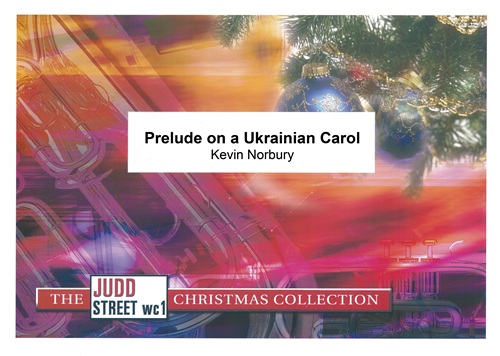 £39.95
£39.95Prelude on a Ukrainian Carol (Brass Band - Score and Parts)
The beleaguered Ukrainian people have a rich heritage of carols, literally hundreds of tunes and texts devoted to Christmas. This carol is known in its English translation as Oh, what a wonder!, and celebrates the devotion and parental love of Mary and Joseph to the newborn baby Jesus.
Estimated dispatch 7-14 working days
-
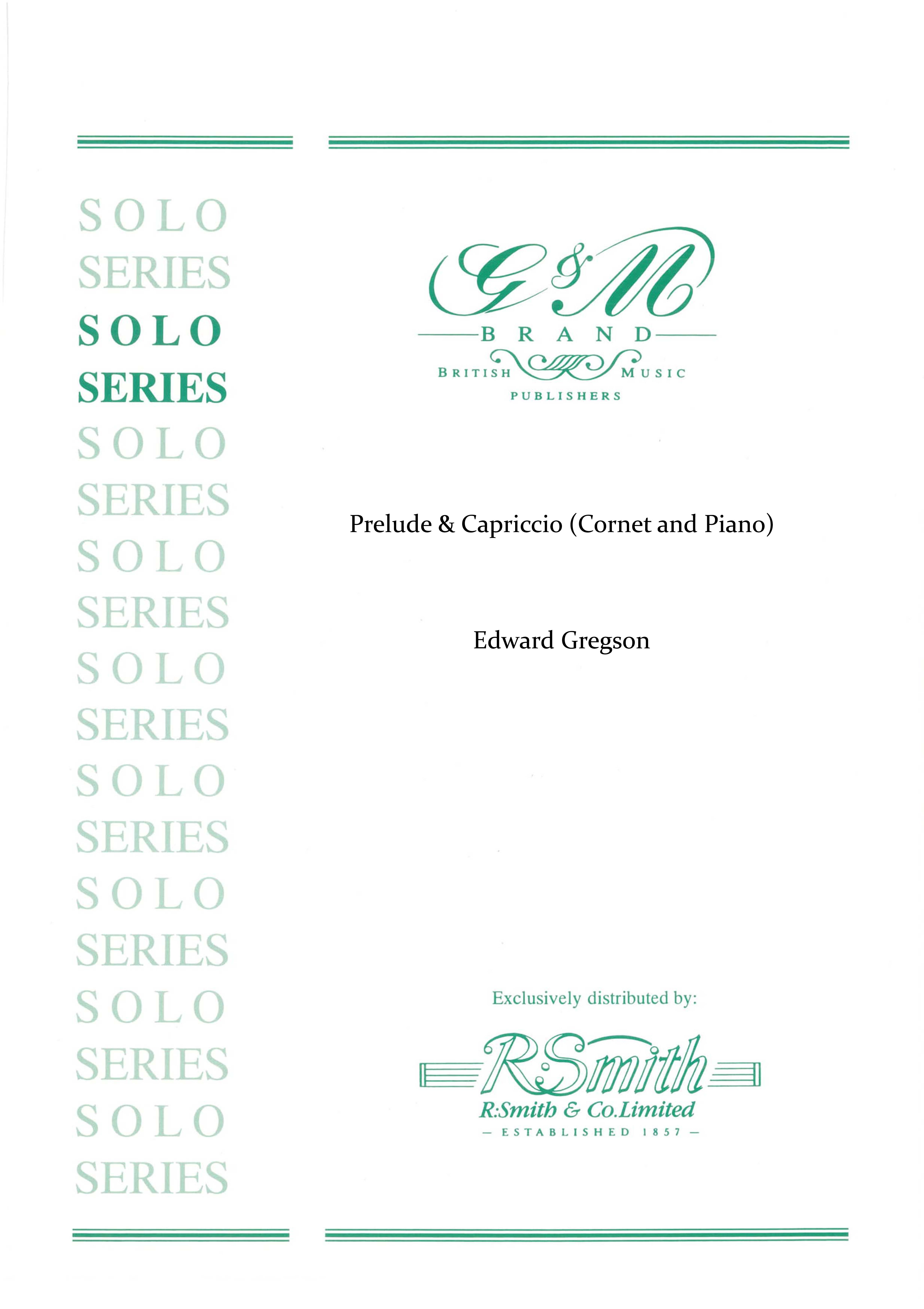 £6.95
£6.95 -
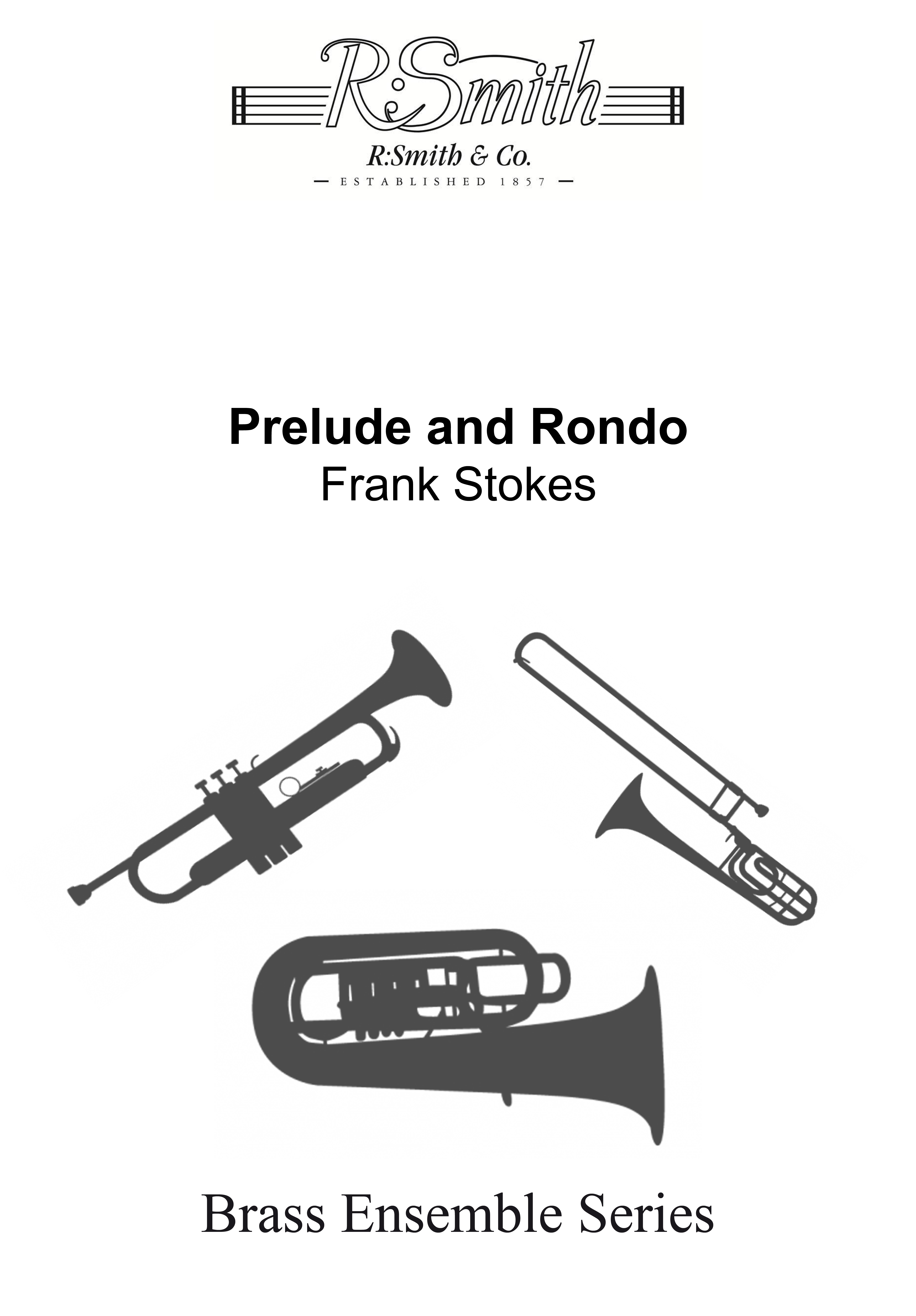 £9.95
£9.95Prelude and Rondo (Brass Quartet - Score and Parts)
Written for 2 Cornets, Eb Horn and Euphonium TC.
Estimated dispatch 7-14 working days
-
 £39.95
£39.95Concert Prelude (Brass Band - Score and Parts)
Estimated dispatch 7-14 working days
-
 £44.95
£44.95Prelude for an Occasion (Brass Band - Score and Parts)
Estimated dispatch 7-14 working days
-
 £44.95
£44.95Prelude to a Festival (Brass Band - Score and Parts)
Estimated dispatch 7-14 working days
-
 £59.95
£59.95Prometheus Unbound (Symphonic Prelude) (Brass Band - Score and Parts)
Estimated dispatch 7-14 working days
-
 £59.95
£59.95Rhapsodic Prelude (Brass Band - Score and Parts)
Estimated dispatch 7-14 working days
-
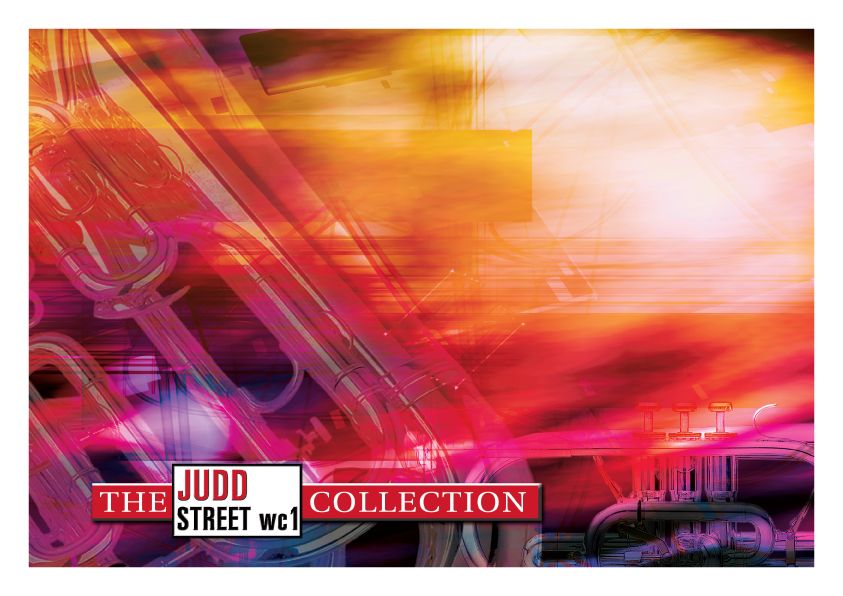 £29.95
£29.95Judd: The Gathering - Festival Prelude
'The Gathering' was written at the request of Canadian Staff Bandmaster John Lam. The composer was asked to write a concert opener for the Canadian Staff Band's trip to Holland, Germany and London as part of the ISB120 Celebrations in 2011. The well-known Dutch hymn, 'We gather together', was chosen as the source material for the piece. The melody goes through a couple different settings before a rousing conclusion.
Estimated dispatch 7-14 working days
-
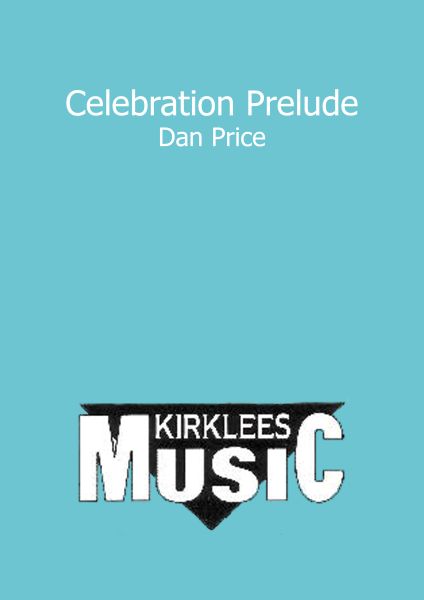 £19.50
£19.50Celebration Prelude
Estimated dispatch 7-14 working days
